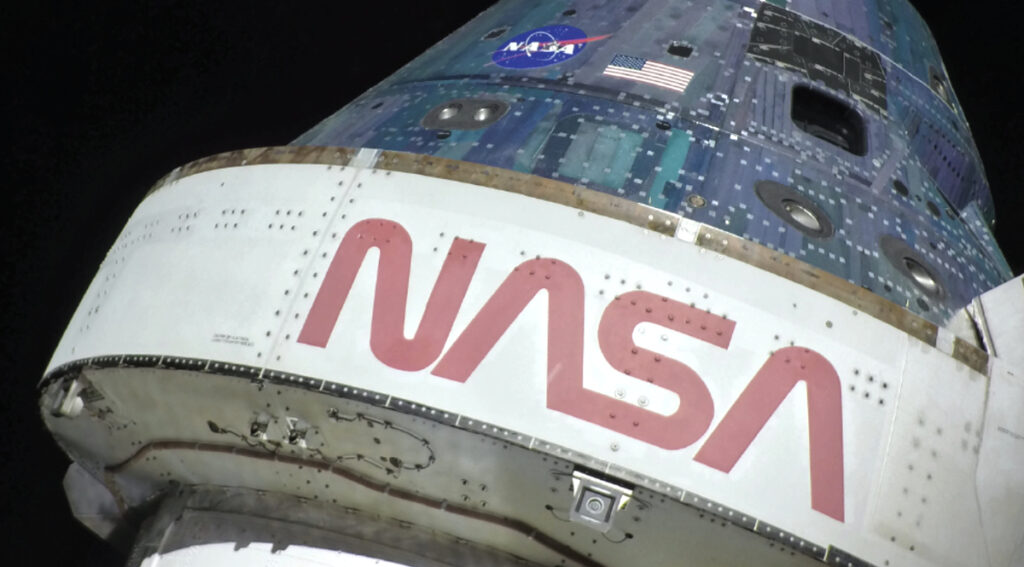
In a major milestone for NASA’s Artemis campaign, the Lockheed Martin Orion team recently powered on the Artemis III spacecraft’s computers for the first time.

This activity was the initial time the two vehicle management computers and the six power and data units were installed in the crew module, loaded with flight software, powered on and tested.
These core avionic systems, known as the “brain and heart” of the Orion capsule, are essential to test to ensure crew module subsystems are safe and reliable for flight.
Each of Orion’s redundant flight computers are 20,000 times faster than the one on Apollo, and are substantially faster than flight computers on the space shuttle and the International Space Station. Its triple-redundant data network and gigabit ethernet technology enable rapid communication between systems, making it an ideal platform for deep space exploration.
Lockheed Martin, the prime contractor for the Orion spacecraft, has been working closely with NASA to bring the spacecraft to life. The power-on milestone is a testament to the strength of this partnership and the dedication of the teams involved. Within days of the power on for Artemis III, the team also powered down the Orion vehicle for Artemis II and delivered it to NASA for launch processing.
The success of the Orion spacecraft is a critical step toward establishing a sustainable presence on the lunar surface. The Artemis III mission will mark a lunar landing with a crew of four in 2027 – a milestone that will eventually help send humans on to Mars.
Over the next few months, our team will continue integrating the 70 components that make up the spacecraft avionics suite, connecting them with nearly 400 harnesses,” said Nathan Varn, director of Orion assembly at Lockheed Martin. “We’ll then put the vehicle through a series of functional tests to ensure all components are ready to move on to environmental testing, where the spacecraft is pushed to its limits.”
As we bring the Artemis III Orion spacecraft to life, we’re not just powering on a machine – we’re igniting a new era of deep space exploration we haven’t seen since Apollo,” said Kim Fleming, Artemis III mission manager at Lockheed Martin. “We’re excited to see the incredible feats Orion will achieve as it takes humans farther than ever before.“
